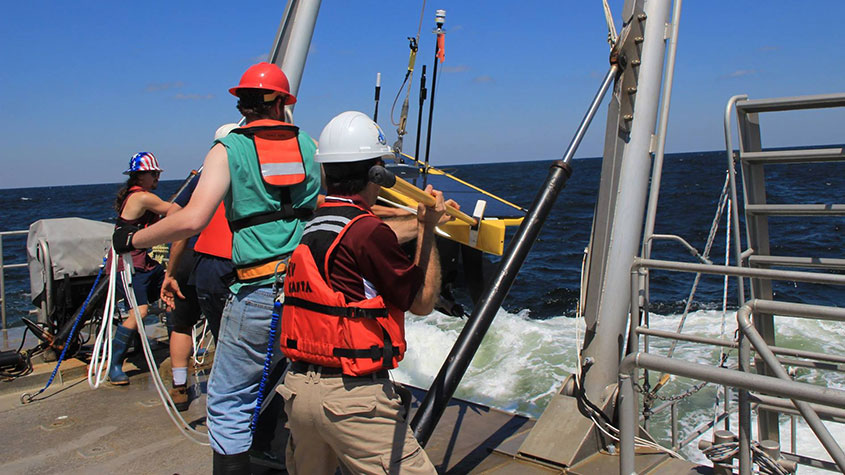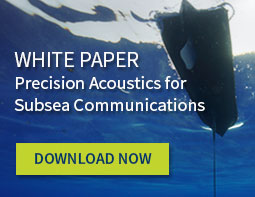Case Study: Monitoring Water Quality in the Gulf of Mexico After Hurricane Harvey
Liquid Robotics — April 11, 2018
Hurricane Harvey made landfall in Texas on August 25, 2017. Following the devastating storm, an estimated 13 trillion gallons of floodwater flowed into the Gulf of Mexico. Researchers from Texas A&M’s Geochemical and Environmental Research Group (GERG) realized that this freshwater plume was potentially headed towards the Flower Garden Banks National Marine Sanctuary, 100 miles offshore of Galveston.
The coral reefs at Flower Garden Banks are acclimated to high salinities; the concern was that if the plume made it all the way out there, the inundation of freshwater could stress the corals and cause irreparable damage. Researchers needed an efficient way to monitor water quality and understand the impacts to the ecosystem. And they needed to move quickly.

Photo Credit: TAMU Geosciences Communications and Media Relations
“We purchased the Wave Glider for exactly this type of mission,” said Dr. Anthony Knap, Director of the Geochemical and Environmental Research Group at Texas A&M University. “With the rapid response from Liquid Robotics to help get the vehicle launched and piloted, we learned a great deal about the movement of the freshwater plume to complement our NSF-funded RAPID grant.”
In this case study, you’ll learn how the Wave Glider:
- Was rapidly mobilized by the GERG and Liquid Robotics teams after the storm
- Acted as an early warning system positioned ahead of the freshwater plume
- Collected salinity and temperature measurements every five minutes, reporting those back to shore every 30 minutes
